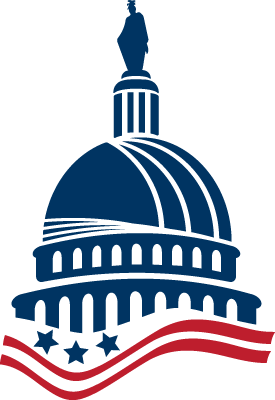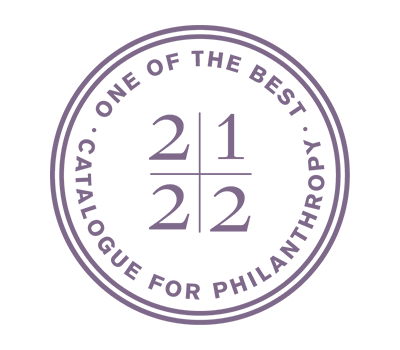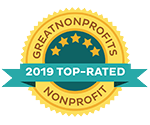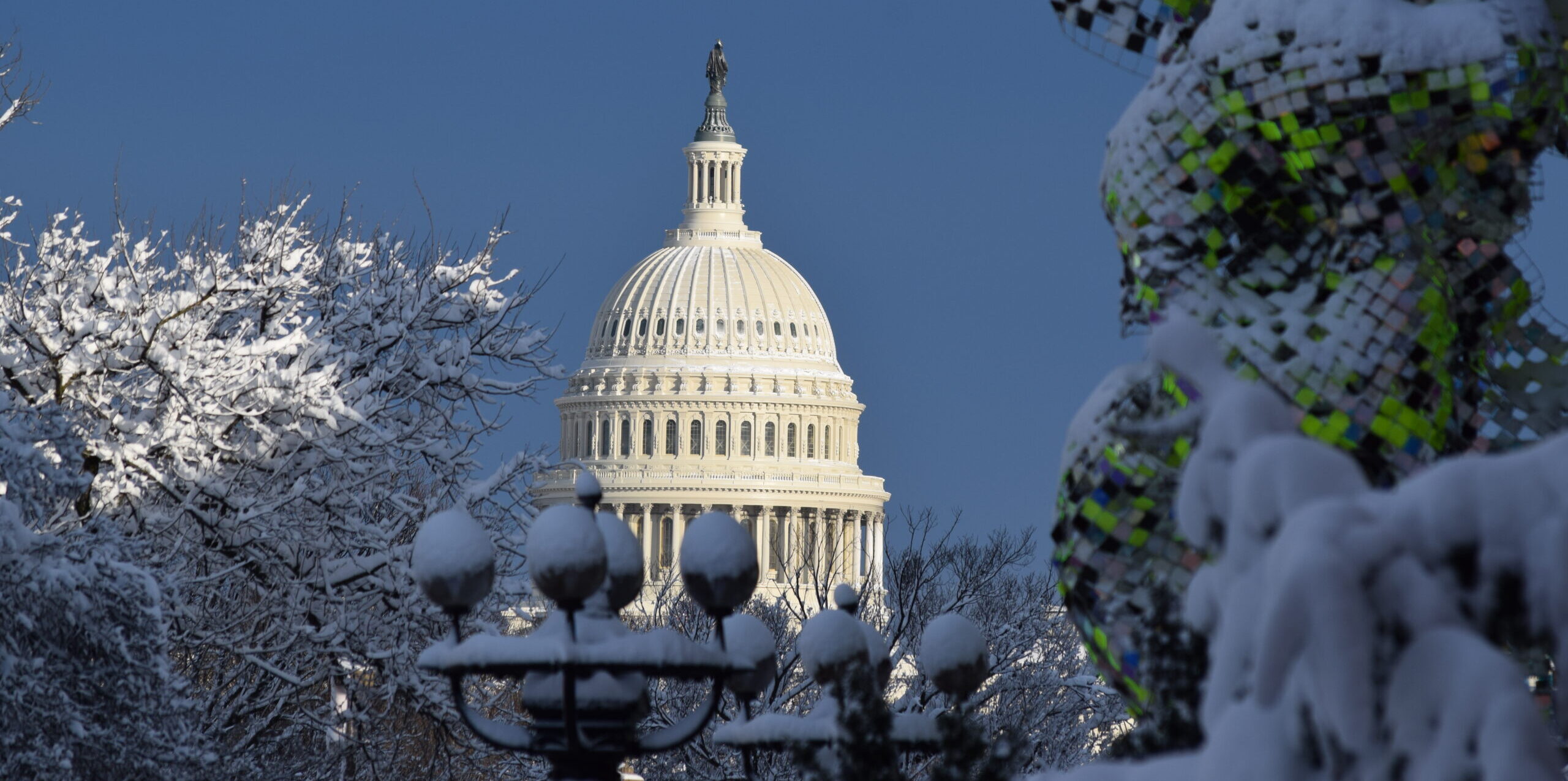OUR MISSION
Founded in 1962, the U.S. Capitol Historical Society (USCHS) has proudly worked to preserve and share the history of the Capitol, the Congress, and the people who work therein. As a nonpartisan, educational 501(c)3 nonprofit organization, the Society was chartered by Congress in 1978, in part “to foster and increase an informed patriotism.” In service of this mission, the Society conducts historical tours of the Capitol Building, hosts both virtual and in-person public history programming, publishes scholarly research in various aspects of Capitol History, coordinates a digital civics education resource hub for teachers, manages a renowned civics education field trip program for Title I D.C. public school students, and commissions works of fine art for the Capitol collections.
Mission Statement
“To encourage in the most comprehensive and enlightened manner an understanding by the people of the founding, growth and significance of the Capitol of the United States of America as the tangible symbol of their representative form of government; to undertake research into the history of the Congress and the Capitol and to promote the discussion, publication and dissemination of the results of such studies; to foster and increase an informed patriotism of the land in the study of this living memorial to the founders of this nation and the continuing thread of principles as exemplified by their successors.”
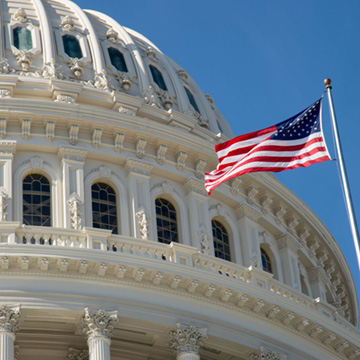
With the formal approval of Congress, the Society continues exploring and instituting new and creative ways to bring the fascinating story of the Capitol, its institutions, and our national history to people around the world. To sustain our work, the Society relies on the support from individuals, corporations, grants, and the sale of educational materials, including books, calendars, memorabilia, videos, and academic publications. This financial support is crucial for maintaining educational initiatives.
Governed by an executive committee drawn from the active board of trustees members, many of whom have been involved with the Capitol, the Society also receives advice and support from its honorary board. Past board members assist the Society through our Emeritus Board.
The U.S. Capitol Historical Society is a nonpartisan, nonprofit, tax-exempt, educational 501(c)3 organization.
OUR HISTORY
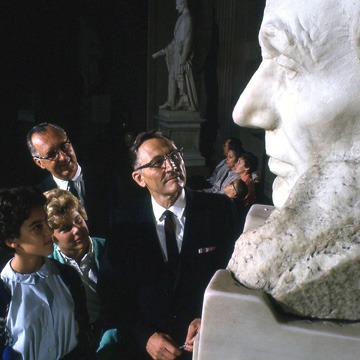
The United States Capitol Historical Society was organized in 1962 to study and interpret to the public the rich heritage of the Capitol building and the United States Congress. It is the only private non-profit educational organization dedicated solely to recording the history of the building and Congress, which serves as the instrument by which the American people govern themselves.
Active in the founding of the Society in 1962 were the bi-partisan leadership of the Congress, respected historians, other interested citizens and the catalyst and first Society President, Fred Schwengel, then a Congressman from Iowa. All incumbent Members of Congress are honorary members of the Society. In 1978, the responsibilities of the Society were greatly expanded when it was chartered by Congress. Another important duty that emanated from the 1968 Visitor Center Act was the operation of the visitor center in the Capitol where the Society provides information and historical literature and other items for sale to visitors to the Capitol.
The Society, with the support of the National Geographic Society, originated early in its history its first and most successful historical publication: We the People, the Story of the United States Capitol. Now in its 15th edition, more than five million copies of this informative and popular history have been sold in six languages. Soon after, in 1968, the Society published its first “We the People” historical calendar. In recent years the Society’s calendar has been seen in every part of the world and its distribution reached one million copies annually.
As the Society conceived additional projects and programs to further research the history of the Capitol and Congress, its publication program grew to include a guidebook to the Capital city, Washington Past and Present. Symposia are held that contribute to its nationally respected academic series of scholarly publications.
In 1975, the Society entered the visual media field, producing the video/film, “City Out of Wilderness” (updated in 1991) and in 1988 the video/film “A Place of Resounding Deeds.” These historical tours of the Capitol and Washington have been acclaimed 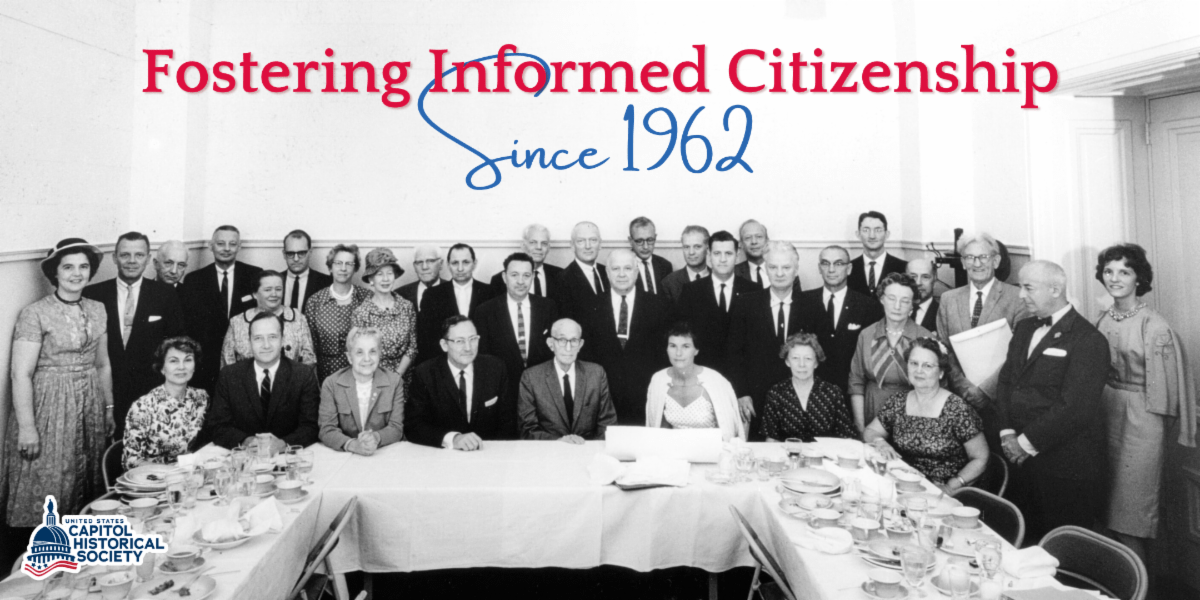 by national educational associations and elementary and secondary teachers for their educational value.
by national educational associations and elementary and secondary teachers for their educational value.
The Society and its Board of Trustees realize the great need for providing factual information and insight into the history of the nation to both young and old. It promotes an informed body of citizens able to recognize the blessing that is America’s representative system of government, the sacrifice that has brought it about and the legacy of past generations who have preserved and carried it forward. In the words of former Society President Clarence J. Brown, “The mission of the Society is to research and interpret the history of the Capitol, the institutions and people who have served in it, and to preserve and enhance its beauty by providing art and artifacts for its embellishment.”
CONGRESSIONAL CHARTER
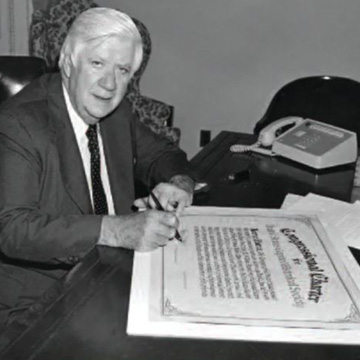
“Hear ye, Hear ye, The Congress of the United States passed HR-11035 by unanimous vote now known as Public Law No. 95-493; 95th Congress. On October 20, 1978 the President of the United States signed this Act as a Public Law giving the United States Capitol Historical Society a Congressional Charter with certain and important authorities to preserve and improve the Capitol, research, publish, create items, medals, and material of historical interest and to cooperate with congressional committees and federal agencies in the work of the Society and the distribution of its products.”
